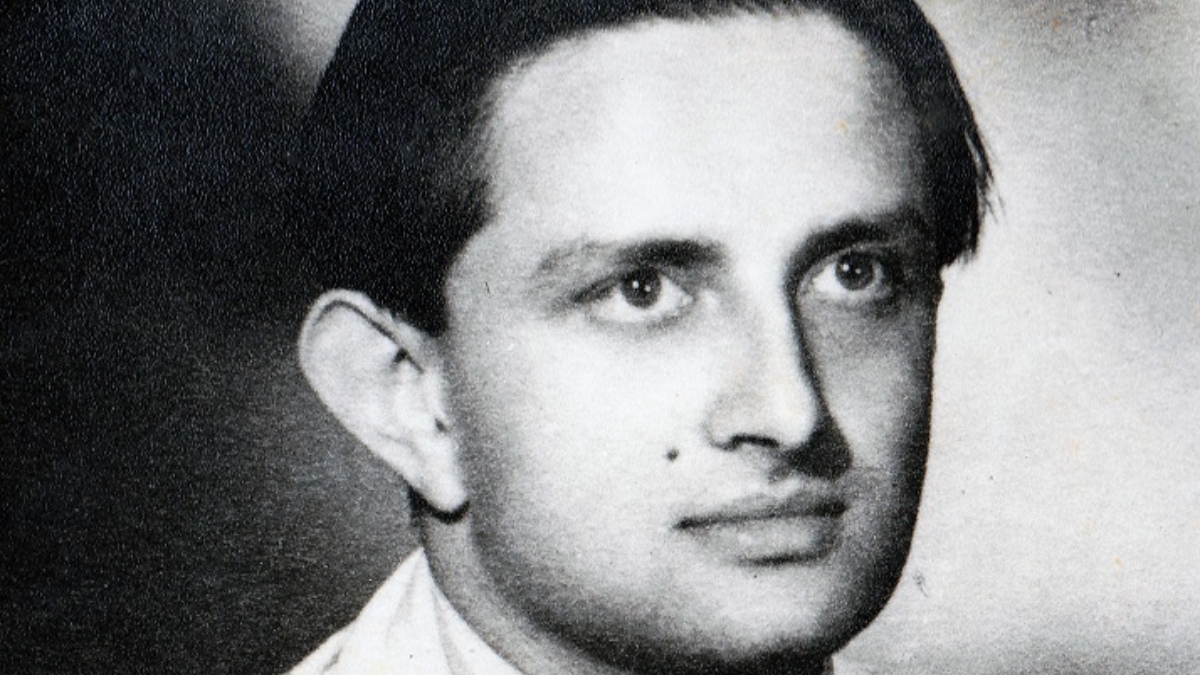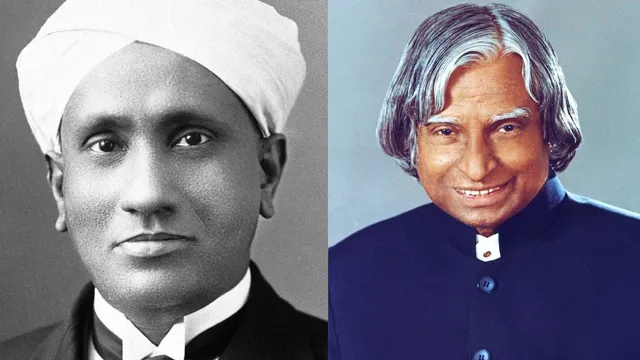- By Bornika Das
- Fri, 28 Feb 2025 10:56 AM (IST)
- Source:JND
National Science Day is celebrated annually on February 28 to commemorate an important milestone in the history of India’s science, that is, the discovery of the Raman Effect by Sir Chandrasekhara Venkata Raman (also known as CV Raman). The day celebrates the recognition and contribution of CV Raman to science and technology, The first National Science Day was celebrated on February 28, 1987. The theme of National Science Day 2025 is “Empowering Indian Youth for Global Leadership in Science and Innovation for Viksit Bharat,” and it focuses on the contribution of youth to make advancements in the world of science and global leadership.
In India, there has always been a remarkable contribution in the field of science and technology. Personalities like Aryabhatta from the first millennium and Charaka, Bhanbhatta, Varahamihira, Brahmagupta, Bhaskara, and Sushruta in the later centuries have significantly contributed to science. Even during the independence era, India witnessed growth in the fields of science and medicine. Moreover, in the late 19th century, the greatest minds, like CV Raman, were born in Tiruchirappalli, Tamil Nadu. His scientific thought has transformed India profoundly. Apart from him, in the later years, several Indian scientists like Dr Vikram Sarabhai, Dr APJ Abdul Kalam, and others have made excellent contributions to the scientific world. To celebrate National Science Day 2025, take a look at the six greatest Indian scientists of all time.

Jagadish Chandra Bose Invented The Crescograph (Image Credits: Wikimedia Commons)
Greatest Indian Scientists Who Revolutionised Science
CV Raman
His contributions were not only limited to the advancement of physics but also social development. In 1930, he became the first Asian to win the Nobel Prize for Physics. CV Raman’s discovery, the Raman Effect, explains how light behaves when it passes through a transparent substance. The Raman Effect reveals that when light scatters, its properties undergo a slight change. His discovery solved the scientific debate of the time, showing that light is made of tiny particles called protons. He achieved the first position and was qualified for India’s most prestigious Government service, the Indian Finance Services. He was also awarded India’s Highest Civilian Award, Bharat Ratna, during his lifetime in 1954.
Jagadish Chandra Bose
Dr JC Bose invented the Crescograph, which is capable of recording even the millionth part of a millimetre of plant growth and orbital movement. Dr Bose, with the help of a Crescograph, proved that plants have life and circulatory systems. The Crescograph also proved the fact that the upward movement of sap in plants is because of the living cells. He demonstrated the first-ever wireless communication through radio waves. This technology is what we use today in WiFi.
Sir Acharya Prafulla Chandra Ray
Referred to as the Father of Hindu Chemistry, PC Ray was an aspiring teacher and researcher. His curiosity about the origins of Chemistry made him translate over 150 international research papers on the subject during his lifetime. His love for science made him pledge 15 years of his income to develop the science department at the University of Calcutta. He was a firm believer in industrialisation and its potential in driving India’s success. He ran India’s first pharmaceutical company called “The Bengal Chemical and Pharmaceutical Works,” which was later renamed as Bengal Chemicals and Pharmaceuticals Limited.
Vikram Ambalal Sarabhai
Dr Vikram Ambalal Sarabhai played a crucial role behind the launch of India’s first satellite, ‘Aryabhatta’. His studies of cosmic rays have proved that cosmic rays are a flow of energy particles with their sources in outer space. On their way to Earth, they are controlled by solar energy, magnetism and Earth’s atmosphere. He also established many institutes like the Indian Institutes of Management (IIMs), which are considered exceptional for their management study programmes. The Thumba Equatorial Rocket Launching Station (TERLS) was built under his supervision. He wished to take education to villages through satellite communication.

Vikram Ambalal Sarabhai Played An Important Role Behind The Launch Of India's Satellite Aryabhatta (Image Credits: Wikimedia Commons)
Dr Homi Jehangir Bhabha
Known as one of the greatest of India’s scientists, he began his journey at the Indian Institute of Science in Bangalore as a Reader at the invitation of CV Raman. Referred to as the Father of India’s Atomic Programme, in his initial career, he proposed establishing a research institute to explore the development in physics. This led him to the creation of India’s first atomic research centre, which was later named in his honour. He played a vital role in shaping India’s nuclear and atomic energy initiatives. He also established the first atomic reactor, ‘Apsara’, which laid the foundation of India’s progress in nuclear science.
APJ Abdul Kalam
He was India’s 11th President and was awarded the Bharat Ratna in 1997 for his remarkable work in science and engineering. Popularly known as the “Missile Man of India,” he developed the SLV-3 at the Vikram Sarabhai Space Centre and was successful in placing the Rohini satellite into orbit. He contributed to the world of science for centuries and gave inspiration to many young minds.

